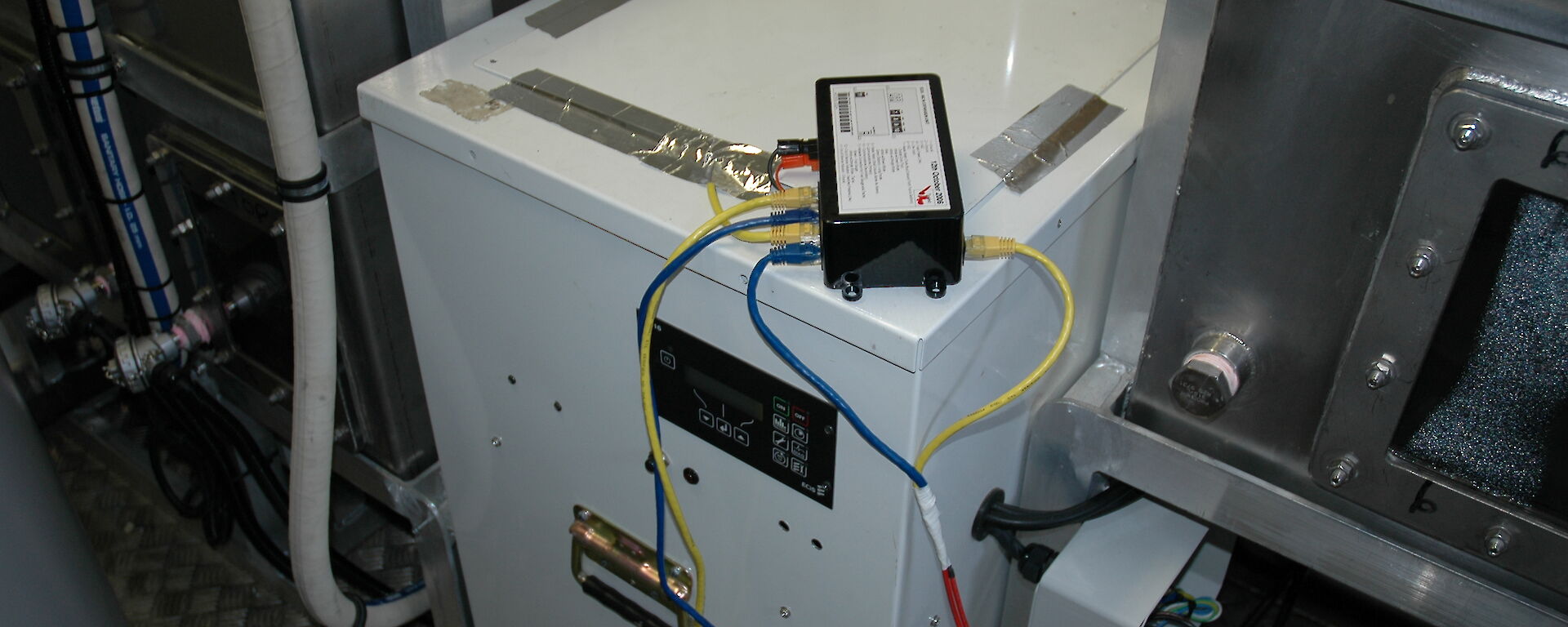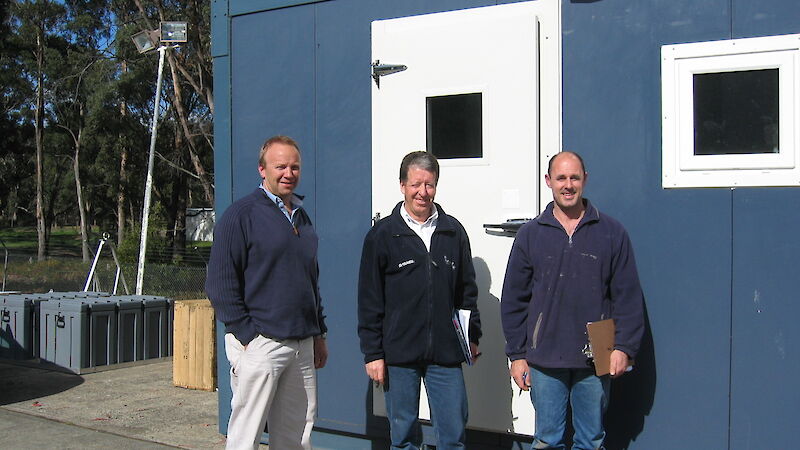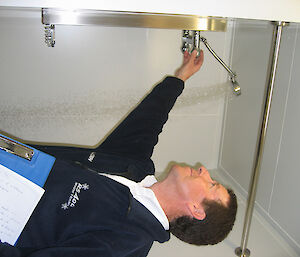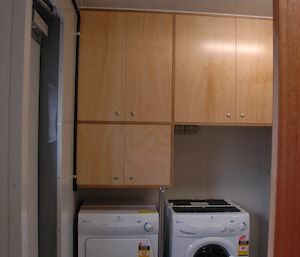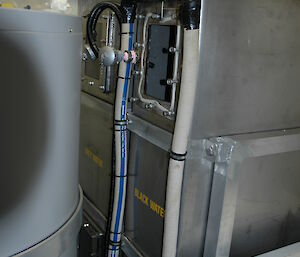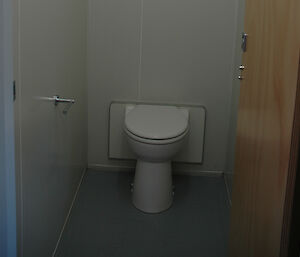8 December 2006
Disposal of human waste in Antarctica can often be an environmental challenge.
Australian field parties that go off station generally return all human waste and grey water to station for disposal in the station sewage system or closed circuit incinerator. When a larger group is off station in one place for a longer period, the return of such waste can pose a logistic burden on the group.
With a construction crew permanently stationed over summer at the Wilkins Runway behind Casey, the Australian Antarctic Division (AAD) has purchased a new ablutions van, incorporating a shower, laundry facility and two toilets.
Both grey water from the shower and washing machines, and solid sewage will be processed by the unique diesel-fuelled incinerator designed by Eberspacher for mobile toilet application. Kitchen grey water waste will be returned to station for disposal.
The first unit of its type in Australia, the Eberspacher will meet AAD’s stringent environmental operational requirements. The waste process results in minimal levels of particulate emissions which are well below European standards. A feature of the design is the use of grey water rather than fresh water to flush the toilets. Fresh water is a precious commodity in Antarctica as melting ice and snow is labour and fuel intensive.
Capable of incinerating 20 litres of human waste water per hour, the WC16 overcomes many of the economic, environmental and logistical problems associated with the disposal of human waste. Human waste is macerated and mixed with grey water. Two litres at a time are then transferred into the combustion chamber and burnt in just 7 minutes.
The Eberspacher can also provide hot water for hand basins, showers and radiator space heating.
The system was installed into a custom-made van by local firm Taylor Brothers and was despatched to Casey on Voyage 2 which departed on 8 December. It will then be commissioned at Wilkins Runway.

